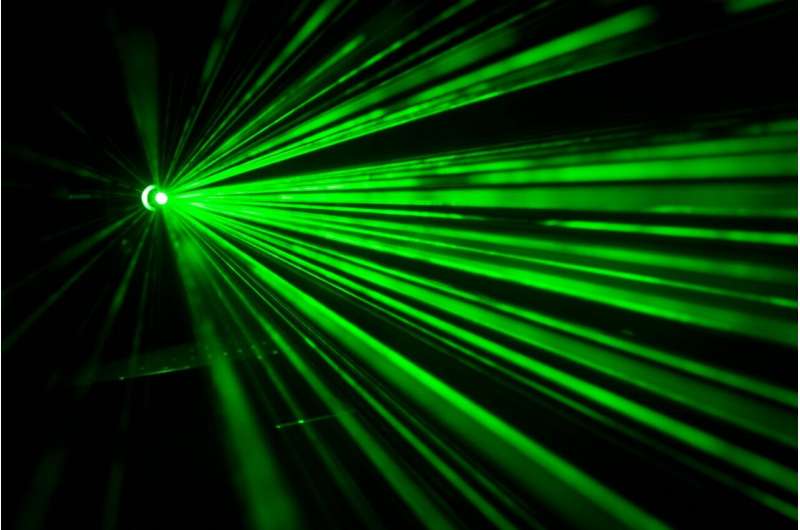Acquisition of channel state information for mmWave MIMO: Traditional and machine learning approaches

Millimeter wave (mmWave) communications have attracted extensive interest from academia, industry, and government as they can make full use of abundant frequency resources at the high-frequency band to achieve ultra-high-speed data transmission. The mmWave communication systems are usually equipped with large antenna arrays, known as mmWave massive multiple-input multiple-output (MIMO), to generate highly directional beams and compensate for the severe path loss in the high frequency band. However, the performance of directional beamforming largely relies on the accuracy of channel state information (CSI) acquisition. Compared to the traditional MIMO systems, the CSI acquisition in mmWave massive MIMO systems is challenging. On one hand, the large antenna arrays form a high dimension channel matrix, whose estimation consumes more resources, e.g., pilot sequence overhead, sounding beam overhead, and computational complexity. On the other hand, the mmWave massive MIMO typically employs a hybrid beamforming architecture, where the radio frequency (RF) chains are much fewer than the antennas. Therefore, we can only obtain a low-dimension signal from the RF chains instead of directly getting a high-dimension signal from the frontend antennas, which makes CSI acquisition much more challenging than usual.
CSI acquisition includes beam training and channel estimation. Sometimes beam training is also called beam alignment. For the mmWave massive MIMO using electromagnetic lens that generally function as a DFT transformation from the angle space to the beamspace, beam training is also called beam selection. The beam training sounds the mmWavemassive MIMO channel with analog transmit and receive beams to find the beam pairs best fitting for the transmission, which can avoid the estimation of a high-dimension channel matrix. Once the beam training is finished, classical methods such as least square or minimum mean squared error estimation, can be used to estimate the equivalent channel matrix with a small number of pilot symbols. The channel estimation focuses on estimating a high-dimension channel matrix, which flexibly exploits advanced signal processing techniques, such as compressed sensing (CS). Both beam training and channel estimation can exploit machine learning (ML) techniques in addition to the traditional approaches.
In this article, an overview of CSI acquisition for mmWave massive MIMO is provided. Firstly, the beam training approaches, including beam sweeping, hierarchical beam training, and ML-based beam training are investigated. With beam training, we only need to estimate a low-dimension equivalent channel matrix in the scale of the number of the RF chains. As the other category of CSI acquisition, channel estimation aims at accurately estimating the mmWave massive MIMO channels. Then the mainstream channel estimation methods including CS-based sparse channel estimation, array signal processing-based channel estimation, and ML-based channel estimation are discussed. Finally, different approaches in terms of spectral efficiency (SE), computational complexity, and incurred overhead are compared in detail. Some open issues for future research work are also given.
More information: Chenhao Qi et al, Acquisition of channel state information for mmWave massive MIMO: traditional and machine learning-based approaches, Science China Information Sciences (2021). DOI: 10.1007/s11432-021-3247-2
Provided by Science China Press




















